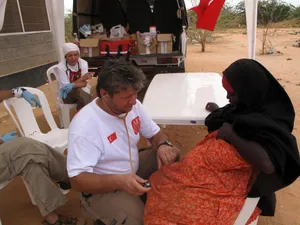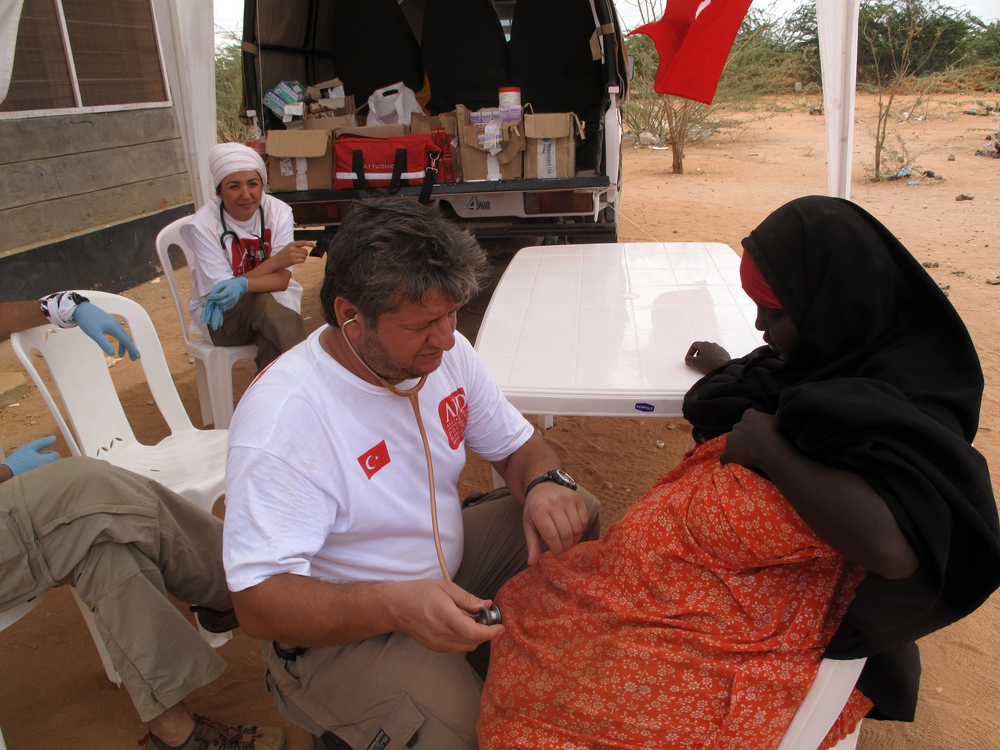
The response from the UNHCR has been strong as they try and contain the outbreak. Essential services and aid allocation has continued at the camps despite the challenges the program has faced.
The outbreak was detected in the middle of August and while there are only 80 confirmed cases of cholera this number is expected to grow. To date there have been 12 deaths at the camps due to cholera. The spread of this disease is attributed to poor hygiene and insufficient facilities at the camps. Cholera isolation wards have been setup in some of the camps and more are being constructed to battle the disease.
The UNHCR has dispatched an emergency team to ensure that health, water, and sanitation is available to the refugees. These areas are crucial as the major cause of hepatitis E and cholera is bad hygiene. The UNHCR is working to address this issue by constructing an additional six thousand latrines in the coming weeks. They are also teaching hygiene techniques in order to help prevent the spread of infection. Public education about proper hygiene practices will do much to help the spread of the disease.
The major concern for the UNHCR will come when the rainy season descends on the area. Heavy rains are in the forecast and this could drastic impact sanitation efforts that are currently underway. The heavy rains could help spread diseases that are carried through the water. This will be something that will need to be managed in the coming weeks and months.
Source: All Africa
Image from: homeros / Shutterstock.com



